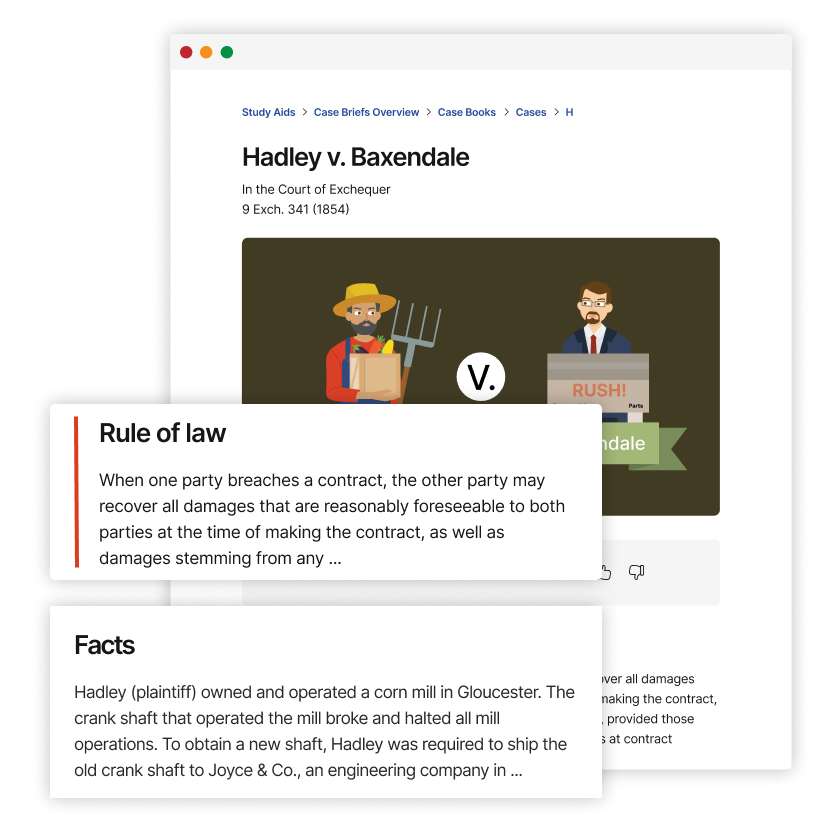Bushnell v. Artis
Louisiana Court of Appeal
445 So. 2d 152 (1984)

- Written by Carolyn Strutton, JD
Facts
The Bushnells (plaintiffs) and Artis (defendant) were neighbors on adjoining lots. Shortly after the Bushnells purchased their lot, they erected a chain-link fence on what they believed was the border between their property and the lot next door. In fact, however, the fence was located 12 feet into the Bushnells’ property. After Artis purchased her land, she maintained her land up to the fence line and eventually built a house on the lot. Two years after Artis’s house was completed, the Bushnells apparently became aware of the incorrect location of the fence line. A boundary dispute arose between the neighbors, and the Bushnells sued Artis. The trial court determined that the Bushnells owned the disputed strip of land and that Artis’s house was in fact encroaching three feet onto the Bushnells’ property. The trial court also found, however, that Artis had constructed her house in good faith and that the Bushnells had failed to complain about the encroachment for two years after the house had been built. The trial judge ordered that the Artis’s house could remain and that Artis would have a servitude over the Bushnells’ property in a straight line located three feet into the Bushnells’ property from the edge of Artis’s roof line. The judge ordered Artis to pay the Bushnells’ $1,500 for this servitude. The Bushnells appealed.
Rule of Law
Issue
Holding and Reasoning (Knoll, J.)
What to do next…
Here's why 899,000 law students have relied on our case briefs:
- Written by law professors and practitioners, not other law students. 47,000 briefs, keyed to 994 casebooks. Top-notch customer support.
- The right amount of information, includes the facts, issues, rule of law, holding and reasoning, and any concurrences and dissents.
- Access in your classes, works on your mobile and tablet. Massive library of related video lessons and high quality multiple-choice questions.
- Easy to use, uniform format for every case brief. Written in plain English, not in legalese. Our briefs summarize and simplify; they don’t just repeat the court’s language.




